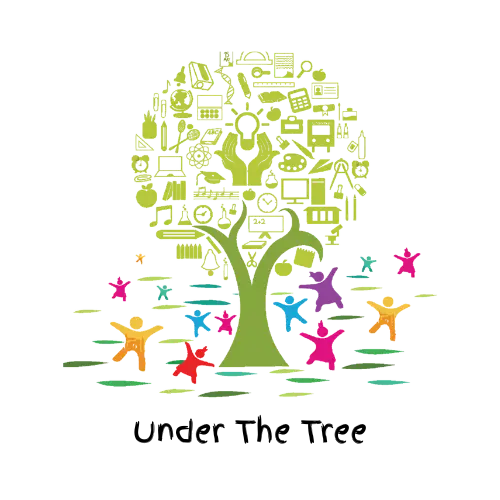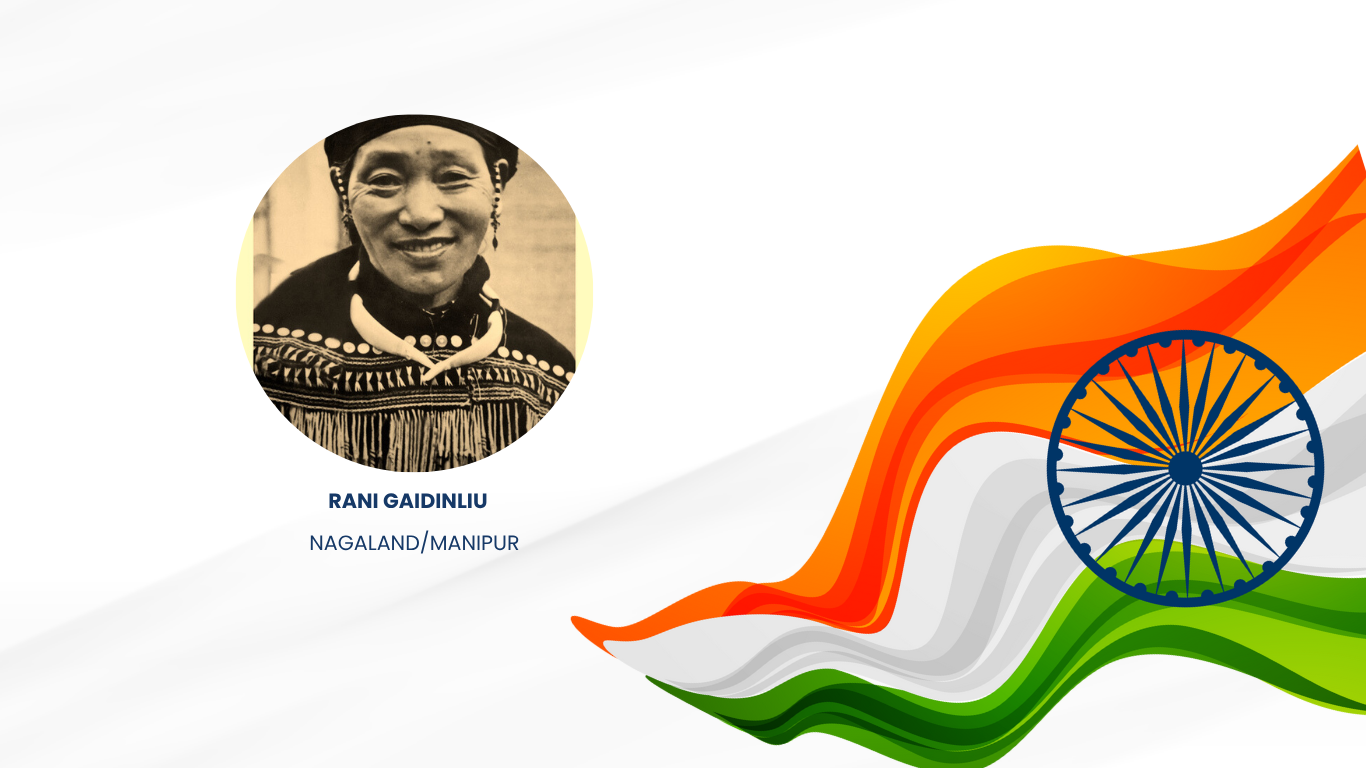When we recall India’s freedom fighters, the Northeast often remains underrepresented in mainstream narratives. But history holds within it the powerful story of Rani Gaidinliu, a young tribal leader from Manipur who stood against British colonial rule and fought for the cultural and political rights of her people.
Revered as the “Rani of the Nagas”, Gaidinliu’s legacy is not just one of resistance but also of preserving indigenous identity in the face of oppression.
Early Life and Spiritual Awakening
Rani Gaidinliu was born on 26 January 1915 in the village of Nungkao (now in Tamenglong district of Manipur), into the Rongmei Naga tribe. At the age of 13, she joined the Heraka movement, a socio-religious reform campaign started by her cousin Jadonang. The movement sought to revive traditional Naga religion and resist forced conversions and British-imposed taxes.
After Jadonang’s execution by the British in 1931, Gaidinliu emerged as the spiritual and political leader of the Heraka movement. By the age of 16, she had become a powerful symbol of resistance in the region.
Resistance Against the British
Gaidinliu’s leadership extended beyond religion. She actively mobilized her people to fight British colonial rule, urging them to reject British taxes, refuse forced labour, and revive traditional governance.
She led a guerrilla movement in the hill regions of Manipur, Nagaland, and Assam. Her efforts rattled the British authorities, who branded her a threat and launched operations to capture her.
In 1932, she was finally arrested and sentenced to life imprisonment at the age of just 17. She spent 14 years in various prisons, including those in Assam and Uttar Pradesh, until her release in 1947—when India gained independence.
Recognition by Nehru and Later Years
India’s first Prime Minister, Jawaharlal Nehru, was deeply moved by her bravery. He called her the “Daughter of the Hills” and gave her the title “Rani” (queen). He also ensured she was released after Independence.
In independent India, Gaidinliu continued to work for the welfare of her people, advocating for the Heraka faith, tribal rights, and unity among Naga tribes. She remained firm in her belief that national integration should not come at the cost of indigenous identity.
Awards and Legacy
Rani Gaidinliu received several national honours for her contribution to India’s freedom struggle and post-independence tribal development:
- Tamrapatra for Freedom Fighters (1972)
- Padma Bhushan (1982)
- Vivekananda Seva Award (1983)
- Stamps issued in her honour (1996)
- Rani Gaidinliu Tribal Freedom Fighters Museum in Manipur (announced in 2021)
She passed away on 17 February 1993, but her legacy lives on in the hills of Northeast India and beyond.
Why Rani Gaidinliu Matters Today
Rani Gaidinliu’s life is a testament to how regional resistance movements were crucial to India’s national freedom struggle. Her story represents not just defiance against colonialism, but the strength of indigenous leadership, women’s courage, and the assertion of tribal identity in a rapidly changing world.
Her example is especially relevant today as we seek to create a more inclusive history that recognizes contributions from every corner of India.
Key Lessons from Rani Gaidinliu’s Life
- Age is not a limit – She led a movement in her teens.
- Freedom means cultural and spiritual independence too.
- True leadership comes from the people – and stands with them.
Let’s not let her story fade. Share it. Teach it. Honour it.
Because freedom was won by many. And every voice matters.#RaniGaidinliu #FreedomStruggle #NortheastIndia #UnsungHeroes #IndianHistory #TribalFreedomFighters #HerakaMovement #WomenInHistory

